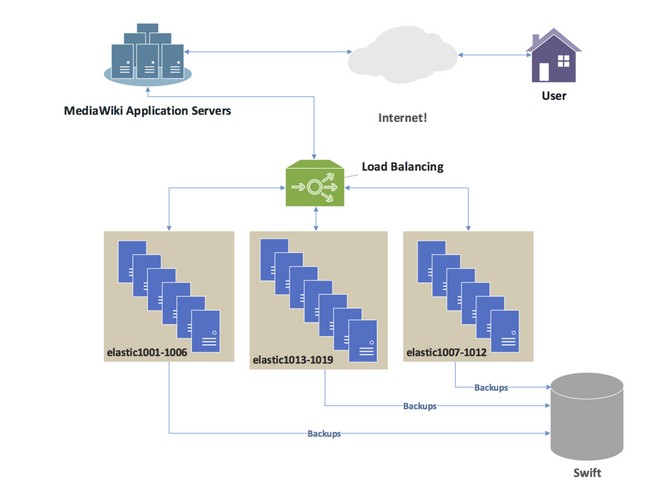What is it?
Explaining Load Balance as a Service – To explain what load balancing is, it is necessary to know what Cloud Computing is and how it works. Cloud computing is a paradigm that aims to provide computer processing power and data to a variety of devices using a shared pool of computing resources, usually servers.

Now imagine that a user is surfing the web and enters a website, and suddenly, the single server that provides computing power to that website malfunctions, normally the user would just see an error, something that may lead to an uninterested customer angrily leaving the website.
However, that wouldn’t be the case if that website used Cloud hosting services since cloud hosting services use virtual servers that draw their processing power from a large scale of underlying networks of physical web servers, which sometimes are located in different data centres from different locations.
Load Balance as a Service, or LBaaS,works using the cloud’s ability to scale with the demand to improve the distribution of workloads and augment their availability, cloud balancing tools can also do checkouts on cloud applications in order to ensure their correct function, give the service provider an advanced access control to manage who can and can’t access the servers and can support a variety of protocols such as HTTPS, POP3, MySQL, and others.
The main parts of o a load balancer are:
- Pool: Is the group of servers that maintain and process the same workload.
- VIP or Virtual IP: It is the IP that represents the pool and the one used to provide the service.
- HealthMonitor: The HealthMonitor checks if workloads are healthy.
Load balancers act presenting a virtual server to their users, which is backed by a net of servers that deliver any kind of resources or services to those users.
Load Balancers accomplish their work distributing user requests across the net of servers and rerouting requests when one of the server member of the net malfunctions. It is not necessary for the users to know which server is the real one, as they only see a “single” server provided by the load balancer.
Thanks to the leveraging of load balancers, web services can be provided in a manner that lessens the effects of bottlenecks due to an overload of requests or against requests that are lost due to malfunctions on any of the servers.
